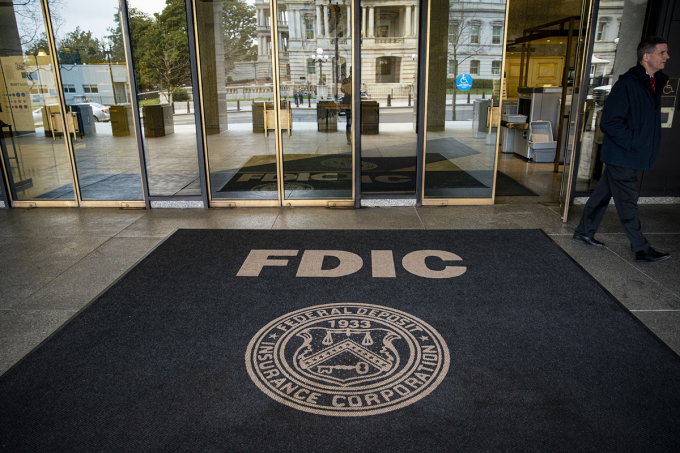Cryptocurrency markets entered a period of caution today following two significant events: a stablecoin issuer mistakenly minted a notional $300 trillion worth of tokens, and institutional flows into Ethereum-based ETFs reached roughly $287.6 million while Bitcoin ETF outflows approached $194.4 million. These developments arrive amid heightened macro uncertainty, regulatory focus and evolving investor behaviour in the digital-asset space.
Market Reaction
The broader crypto market cap currently stands at approximately US$3.74 trillion with 24-hour trading volume near US$104 billion, reflecting a modest 0.5% increase on the day. The stablecoin incident triggered a subtle uptick in volatility: Bitcoin (BTC) remains around US$107,200 while Ethereum (ETH) trades at roughly US$3,890, according to recent data. The fact that institutional capital is rotating into ETH-linked products suggests a shift in exposure: digital asset allocators appear to favour programmable-asset ecosystems over the Bitcoin “store-of-value” narrative—at least for now. This rotation, combined with wash-mint risks in stablecoins, is prompting a recalibration of liquidity and risk frameworks.
Regulatory and Structural Implications
The accidental minting of an enormous surplus in a major stablecoin raises pressing questions around protocol governance, proof-of-reserve integrity and internal controls at digital-asset infrastructure firms. While the operational glitch was resolved quickly, the reputational cost spurred a wave of wallet-monitoring and compliance reviews among institutional entrants. Concurrently, the ETF data highlight a structural shift: nearly US$288 million flowed into ETH-based funds, while Bitcoin faced outflows of roughly US$194 million—underscoring that capital is not abandoning crypto, but adjusting its reference-asset bias. For firms servicing institutions, the message is clear: regulatory risk and institutional capital flows are now integral to token economics and liquidity planning.
Investor Sentiment and Strategic Perspective
Sentiment across institutional crypto portfolios is splitting into two camps. One group views the stablecoin event as a “black-swan” reminder of operational risk in DeFi and stablecoin issuance—even for otherwise “safe” assets. Other allocators see the rotation into ETH as evidence of a maturation phase, where programmable-asset utility, staking and decentralised finance frameworks take precedence. Behavioural data from derivatives markets show an uptick in hedged positions, suggesting risk-parity strategies are in play rather than directional bets. For Israeli institutional players and global allocators alike, this means the premium is shifting toward transparency, infrastructure integrity and regulatory alignment rather than pure beta exposure.
Forward-looking, market participants will monitor three axes closely: (1) whether the stablecoin issuer initiates governance remediation or faces regulatory scrutiny; (2) if the inflow pattern favoring ETH continues or reverses; and (3) whether Bitcoin can reclaim its role as primary capital inflow vector or cede ground further. Risks include renewed regulatory clamp-downs on stablecoins or a sharp reversal in institutional sentiment, but opportunities lie in protocols that bolster transparency, infrastructure integrity and governance standards.













https://shorturl.fm/FLjw1
https://shorturl.fm/hIap1